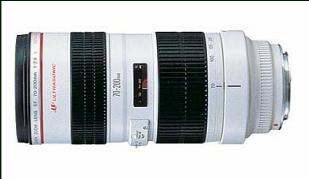Recently I upgraded from my venerable 70-200mm f/2.8 lens to the Image Stabilized version of this wonderful lens. In the process of the sale I had someone ask me about my thoughts regarding these two lenses (the IS and non IS version) I made a reply to them in the form of this short note and thought I would post it here for others benefit. After now having owned the 70-200 IS lens I have nothing to change in my thinking about these two lenses. Perhaps my thoughts may help in making a decision about the purchase of one of these lenses easier.
This is the question as it was asked:
"I shoot tons of sports, concerts, etc for my kids as well as a lot of low light in church stuff. I'm looking for a good pro-grade lens. My question is should I hold out for a lens with IS or do you think this lens (the 70-200mm f/2.8 non IS) would be sufficient for most uses?"
_______________________________________________________________________________


